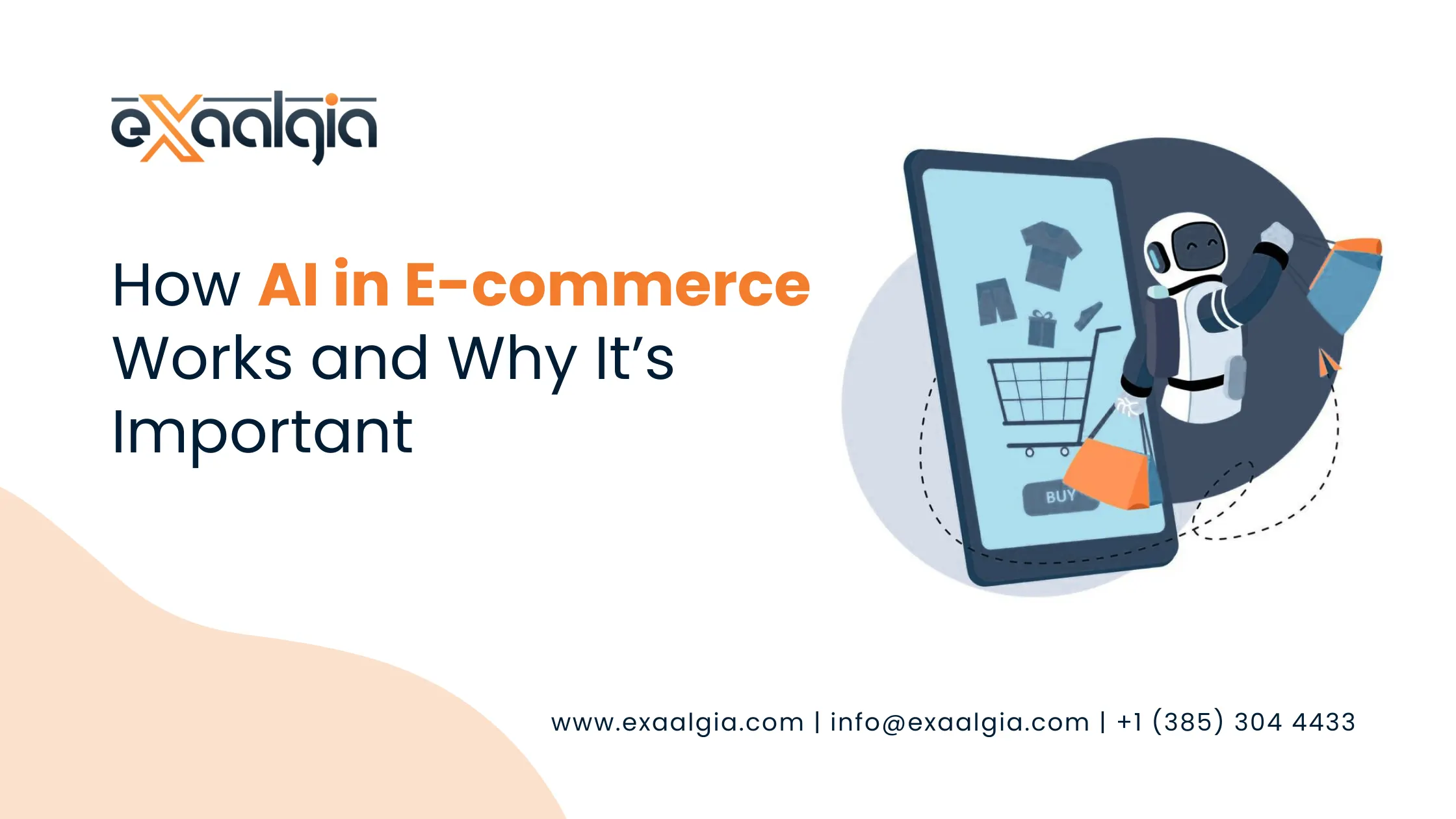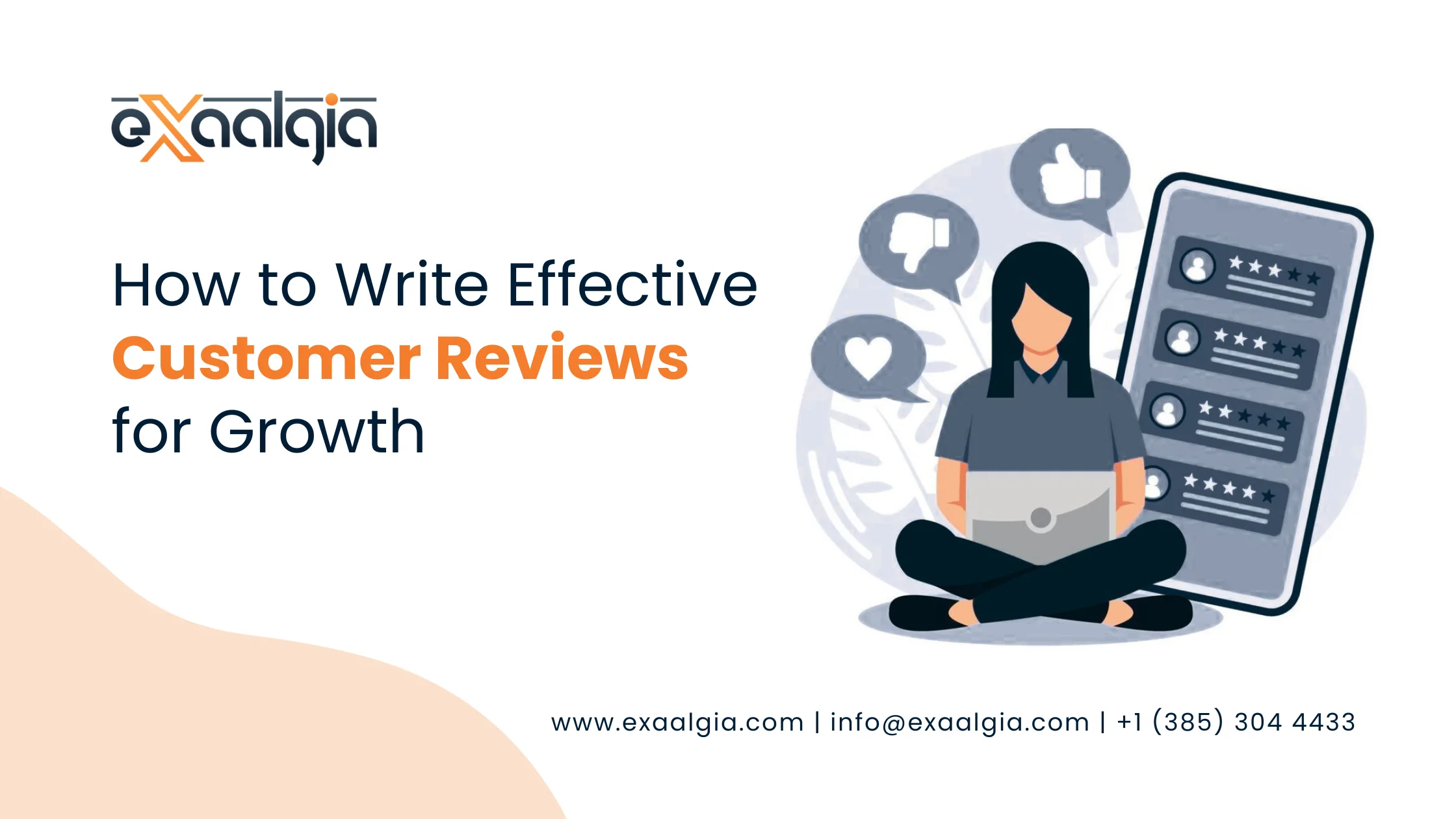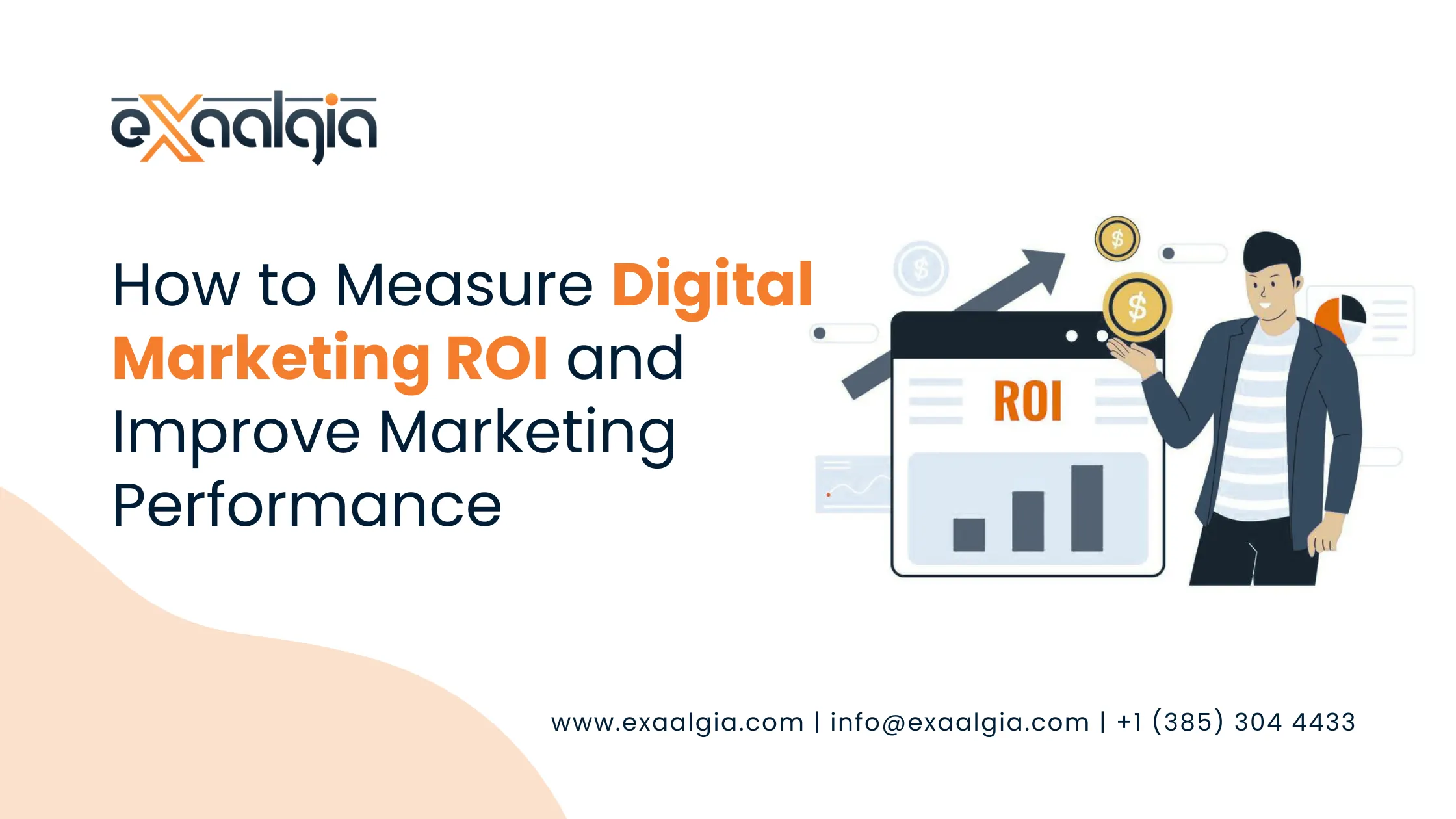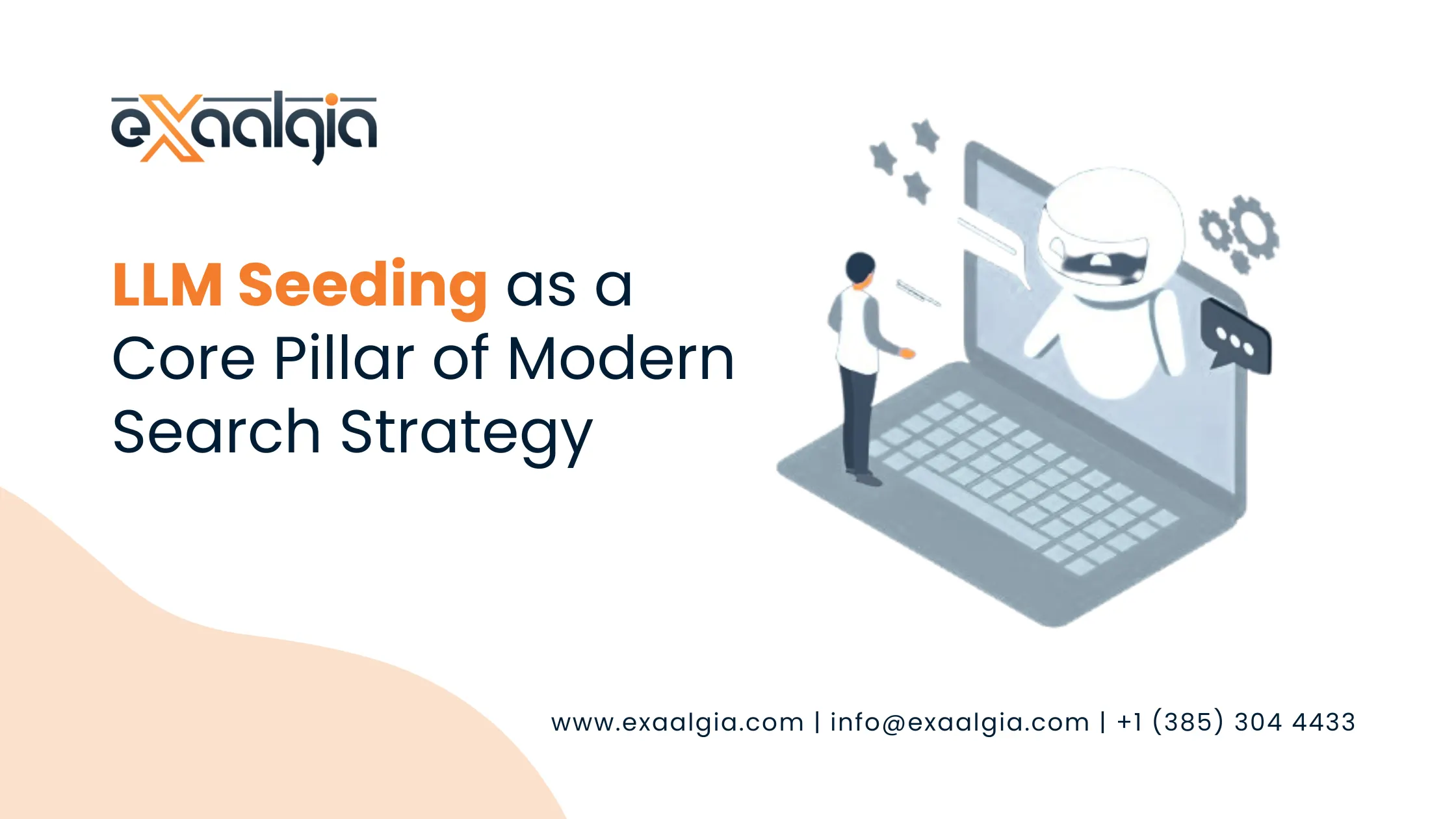
What is Search Intent?
Search intent refers to the purpose behind a search query. It’s the reason someone types something into Google or any search engine. Are they looking for information? A particular website? Or maybe they’re ready to make a purchase? Understanding this intent helps you connect with users at the right time and in the right way.
For instance, if someone searches “best smartphones under $1000,” they’re likely comparing products before buying. On the other hand, “how to clean a smartphone screen” shows a desire for detailed instructions. Recognizing these differences helps fine-tune your content for better engagement.
Learn more about search intent and its critical role in SEO from this guide by Exaalgia.
Types of Search Intent
Search intent can be grouped into four main categories. Each has its own purpose and approach:
- Informational: Users seek knowledge or answers. For example, “What is climate change?”
- Navigational: Users aim to find a specific website. For example, “Facebook login.”
- Transactional: Users are ready to take an action, like buying. For example, “buy Nike running shoes.”
- Commercial Investigation: Users compare products or services before deciding. For example, “best laptops for students.”
Explore more about these types in this resource from Exaalgia.
Why Search Intent Matters
Ignoring search intent means guessing what users want—and guessing can misfire. Aligning your content with intent does two things: it keeps visitors on your site longer and builds trust. For instance, a user searching “top cameras for beginners” expects a list of options, not a camera rental service.
Search engines like Google have become smarter at pinpointing intent. If your content matches what users need, you’ll likely see better click-through rates and higher rankings. More on how intent affects user behavior can be found here.
How Search Intent Shapes SEO Strategy
To craft an SEO strategy that works, you must align your efforts with what users are searching for.
Optimizing Content for Different Intents
Each intent requires a different type of content. Here’s how to approach this:
- Informational: Write detailed guides or how-to blog posts.
- Navigational: Ensure your brand name or product appears at the top.
- Transactional: Focus on product pages with clear calls-to-action.
- Commercial Investigation: Create comparison blogs or buyer’s guides.
A good example is found at SEO, which explains how to tailor content for user needs.
Keyword Research and Search Intent
Traditional keyword research isn’t enough anymore. You must identify the intent behind each keyword. For example, terms like “how to bake a cake” signal informational intent, while “cake delivery near me” is transactional.
Tools like Google’s autocomplete suggestions and analytics can help clarify user intent for specific keywords. Learn practical tips on this topic from Exaalgia.
Measuring Success Through Search Intent
A successful search intent strategy isn’t “set it and forget it.” You need to track, measure, and adjust regularly.
Using Analytics Tools
Tools like Google Analytics can break down how users interact with your content. Are they staying on your page? Clicking through to other parts of your site? These are signs you’re matching their intent.
Dive deeper into search intent metrics at AgencyAnalytics.
Adjusting Strategy Based on Insights
If content isn’t performing, consider tweaking it. For informational pages that don’t rank, check if they answer common user questions. For transactional pages, are your CTAs clear enough?
Sources like STAT Search Analytics can offer frameworks to refine your strategy based on user behavior.
For example, if an informational article performs well, consider expanding on related subtopics. Upselling through internal links could turn casual browsers into loyal customers. Exaalgia’s Digital Marketing Services focus on data-driven strategies that consistently deliver measurable results.
Conclusion
Understanding search intent is the key to building a user-friendly SEO strategy. When you align your content with what users are searching for, the results speak for themselves—better engagement, improved rankings, and conversions.
Take a moment to reflect: Are you aligning your content with the intent of your audience? If not, start today—it’s a game-changer in the ever-evolving world of search engine optimization.
Partner with experts like Exaalgia, offering premium SEO Services USA to implement intent-driven strategies and stand out in search rankings.







